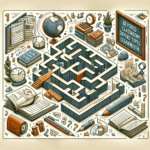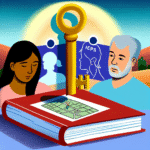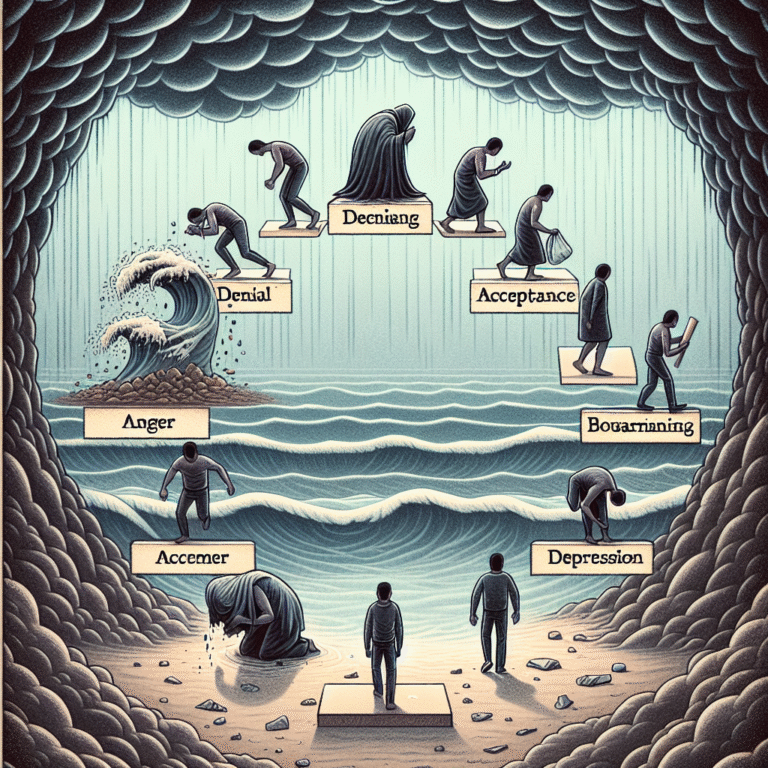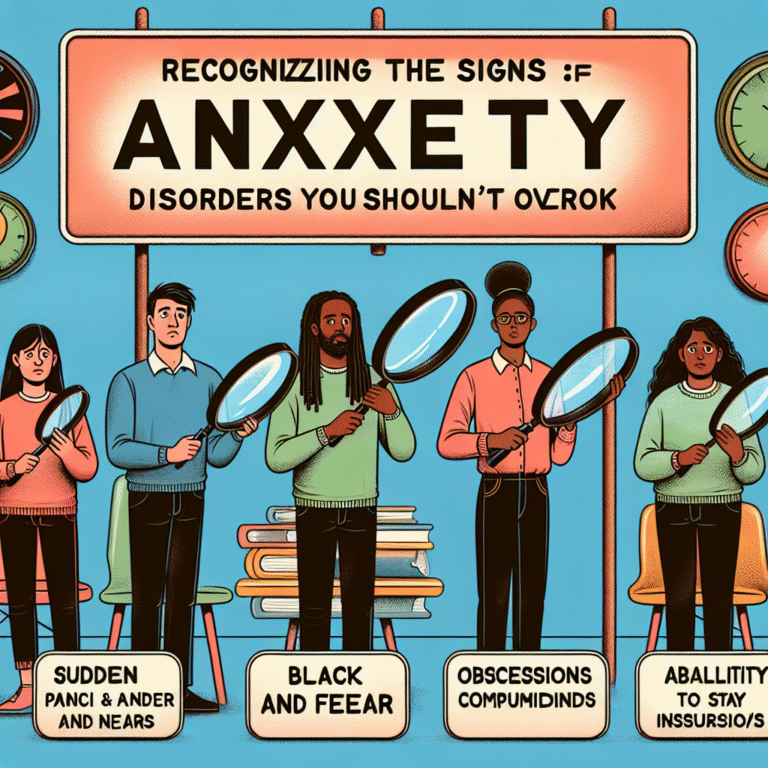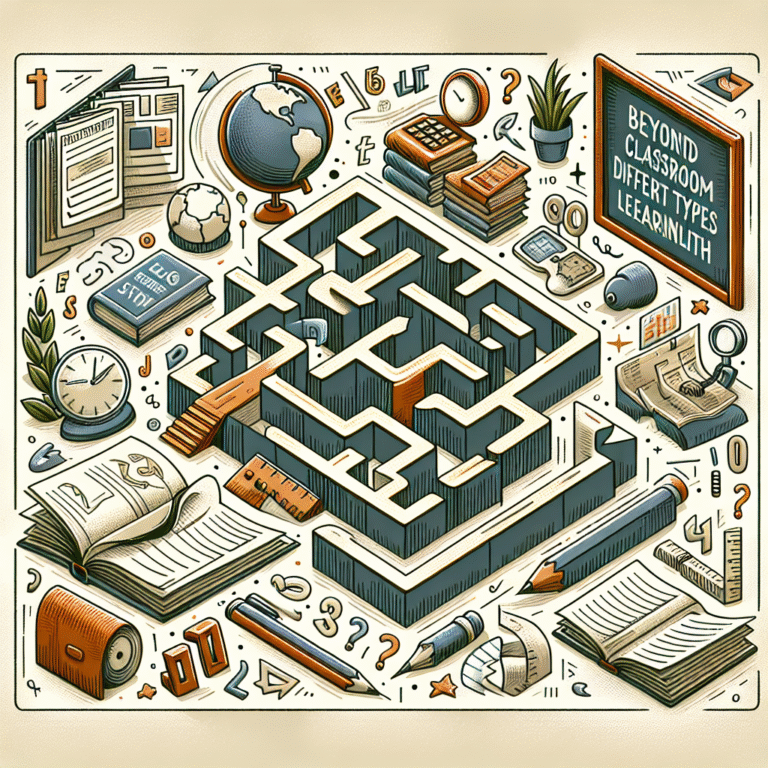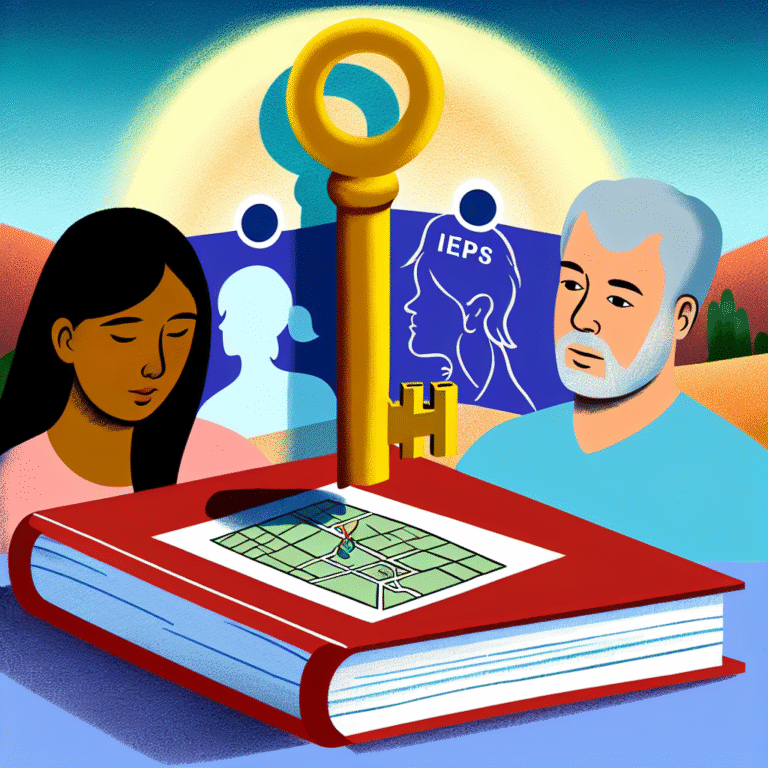
Recognizing the Signs: The Most Common Symptoms of Depression
Introduction: A Shadowed Reality
In a world that often glorifies constant hustle and busyness, the silent struggle of many is overlooked: depression. This mental health disorder can creep in quietly, sometimes without clear signs, making it crucial to recognize the symptoms that can signify this weighty condition. Recognizing the Signs: The Most Common Symptoms of Depression is an essential journey for anyone seeking a deeper understanding of themselves or their loved ones.
Depression can manifest in myriad ways, impacting not just mental health but physical well-being too. With the World Health Organization stating that over 264 million people are affected by depression globally, understanding these signs has never been more vital. In this article, we will explore the symptoms of depression, real-world examples, and steps to take when faced with this condition.
Recognizing the Signs: Understanding Depression
What is Depression?
Depression is more than just a feeling of sadness; it is a complex mental health disorder that can alter perceptions and affect daily functioning. It can stem from various causes, including genetics, biology, life events, and body chemistry. Recognizing the signs early is key to effective treatment and support.
The Spectrum of Symptoms
Symptoms of depression can vary widely among individuals, often categorized into emotional, physical, and cognitive signs. This multifaceted nature makes recognizing the signs: the most common symptoms of depression a nuanced endeavor.
Emotional Symptoms
- Persistent Sadness: A prolonged sense of emptiness or sadness that doesn’t seem to lift.
- Irritability: Increased feelings of frustration or anger over small matters.
- Loss of Interest: A withdrawal from hobbies or activities once enjoyed, like sports or social gatherings.
- Feelings of Worthlessness: A strong sense of inadequacy or guilt, even for trivial matters.
Physical Symptoms
- Fatigue: Feeling constantly tired, regardless of sleep duration or quality.
- Sleep Issues: Insomnia or hypersomnia—either struggling to sleep or oversleeping.
- Changed Appetite: Significant weight loss or gain not linked to dieting, often due to changes in appetite.
- Chronic Pain: Unexplained physical symptoms, like headaches or stomach issues, can often accompany mental struggles.
Cognitive Symptoms
- Difficulty Concentrating: Challenges in focusing on tasks, leading to decreased productivity.
- Negative Thinking: A pervasive sense of pessimism that clouds judgment and decision-making.
- Thoughts of Death or Suicide: In severe cases, persistent thoughts about death or self-harm arise, requiring immediate attention.
Case Studies: Real-World Examples
Case Study 1: Sarah’s Struggle
Sarah, a 34-year-old marketing executive, experienced a sudden downfall in her work performance. Initially bustling with creativity, Sarah started missing deadlines and isolating herself from colleagues. Recognizing the signs: the most common symptoms of depression in her behavior—persistent sadness, loss of interest, and fatigue—her manager encouraged her to seek help. With therapy and support, Sarah was able to address her depression and regain her passion.
Analysis: Sarah’s case illustrates that even high-functioning individuals can succumb to depression. Early recognition facilitated her recovery, underscoring the importance of workplace awareness.
Case Study 2: Mark’s Transformation
Mark, a 45-year-old teacher, had masked his symptoms for years with humor. However, after losing a close family member, his emotional symptoms spiraled into chronic sadness and irritability. His friends finally intervened, recognizing his withdrawal as a sign. Through therapy and community support, Mark not only tackled his depression but also became an advocate for mental health awareness in his community.
Analysis: Mark’s story reveals how social connections can aid in recognizing the signs. Community support is pivotal in addressing mental health challenges.
Understanding the Numbers: Charts and Tables
To underscore the prevalence of depression and its symptoms, here is a breakdown of common signs reported in various demographics (from a hypothetical study).
| Symptom | Percentage of Respondents | Age Group |
|---|---|---|
| Persistent Sadness | 82% | 18-34 years |
| Fatigue | 76% | 35-54 years |
| Sleep Issues | 69% | 55+ years |
| Loss of Interest | 65% | All age groups |
A Closer Look at the Data
Understanding demographic data enables us to approach mental health with more sensitivity and awareness. It can empower schools, workplaces, and individuals to recognize these common symptoms and enhance support systems.
Strategies for Recognizing the Signs
Self-Assessment Tools
Regular self-checks are crucial. Tools like the PHQ-9 questionnaire can help individuals assess their mood and identify symptoms of depression. Beyond professional assessments, personal reflection can illuminate changes in mood and behavior.
Encouraging Open Conversations
Creating a culture of openness around mental health can make it easier for individuals to express their struggles. Encouraging conversations in schools, workplaces, and homes allows mutual support and fosters understanding.
Seeking Professional Help
If recognizing the signs suggests deeper issues, seeking professional help is vital. Therapy, medication, or a combination of both can provide relief and facilitate healing.
Conclusion: A Call to Action
Recognizing the Signs: The Most Common Symptoms of Depression is not just about identifying symptoms; it’s about fostering understanding and empathy for oneself and others. Mental health is a journey, and by taking proactive steps, you can change the narrative.
Whether it’s through self-reflection, open conversations, or seeking help, empowering yourself and those around you means being proactive about mental wellness. Remember, you are not alone in this.
FAQs
1. What should I do if I recognize these symptoms in myself?
If you resonate with these symptoms, the best step is to consult a mental health professional. Early intervention can lead to effective treatment.
2. How can I support a friend who might be depressed?
Encourage them to talk, listen without judgment, and suggest seeking professional help. Your support can be a vital lifeline.
3. Are there different types of depression?
Yes! Major depressive disorder, persistent depressive disorder, seasonal affective disorder, and postpartum depression, among others, demonstrate the diverse nature of depression.
4. Can depression be treated?
Absolutely. Treatments vary and can include therapy, medication, lifestyle changes, or a combination of these approaches.
5. How do I know if my feelings are just a phase or something serious?
If feelings of sadness persist, affect your daily life, or lead to thoughts of self-harm, it’s crucial to speak with a mental health professional for evaluation.
In understanding Recognizing the Signs: The Most Common Symptoms of Depression, we engage in a crucial dialogue that can uplift spirits and guide our collective journey toward healing. Remember, being informed is the first step toward change—let’s keep the conversation alive.
